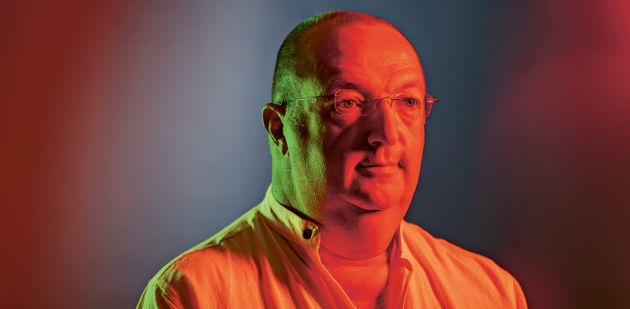
Stroke and traumatic brain injury have devastating consequences for the brain. If not irrigated properly, neurons are deprived of the precious oxygen supplied by the blood and die. This can result in movement and speech disorders, and even paralysis. Neurosurgeons such as Jocelyne Bloch can intervene to repair and contain the bleeding, but any damaged neurons are permanently lost and do not regenerate like skin cells after a cut.
In the 1990s, UNIL-based cell biologist Jean-François Brunet discovered a cellular ecosystem of neural cells that could create new neurons, and thus potentially replace neurons lost due to stroke or trauma. Then he met the neurosurgeon Jocelyne Bloch, and a treatment research project was born.
The meeting took place in 1999 through Professor Jean-Guy Villemure, at the time chief of the CHUV’s Service of Neurosurgery.
At this meeting between neurosurgery and fundamental neuroscience, they came up with the idea of implanting neural cells directly into the brain after a stroke or trauma to regenerate lost neurons. A preclinical study conducted on primates came out extremely encouraging. “After neurons are lost due to an accident, a natural recovery phase occurs when patients can regain 30% to 40% of their motor function,” Jean-François Brunet says. “After that phase, no further recovery is possible. Or worse, patients can regress. The cells are taken from the patient via biopsy and put in culture. Once implanted, they migrate to the affected area and differentiate into new neurons. Primates can recover 100% of their motor capacity.” The two researchers applied for a clinical trial in humans, which was accepted. But prerequisites had to be met first at the cell level. “Cell culture is based on biology, a science that is far from fully understood,” says Jean-François Brunet. Several steps are still required before they can move into the clinical phase, but the scientists are determined to succeed. “We share the same motivation. And we know how to boost each other. Not many clinical research pairs have been working together for more than 20 years,” says Jean-François Brunet. The team is not giving up, because similar approaches work in burn victims or to replace chondrocytes, i.e. cartilage cells. /